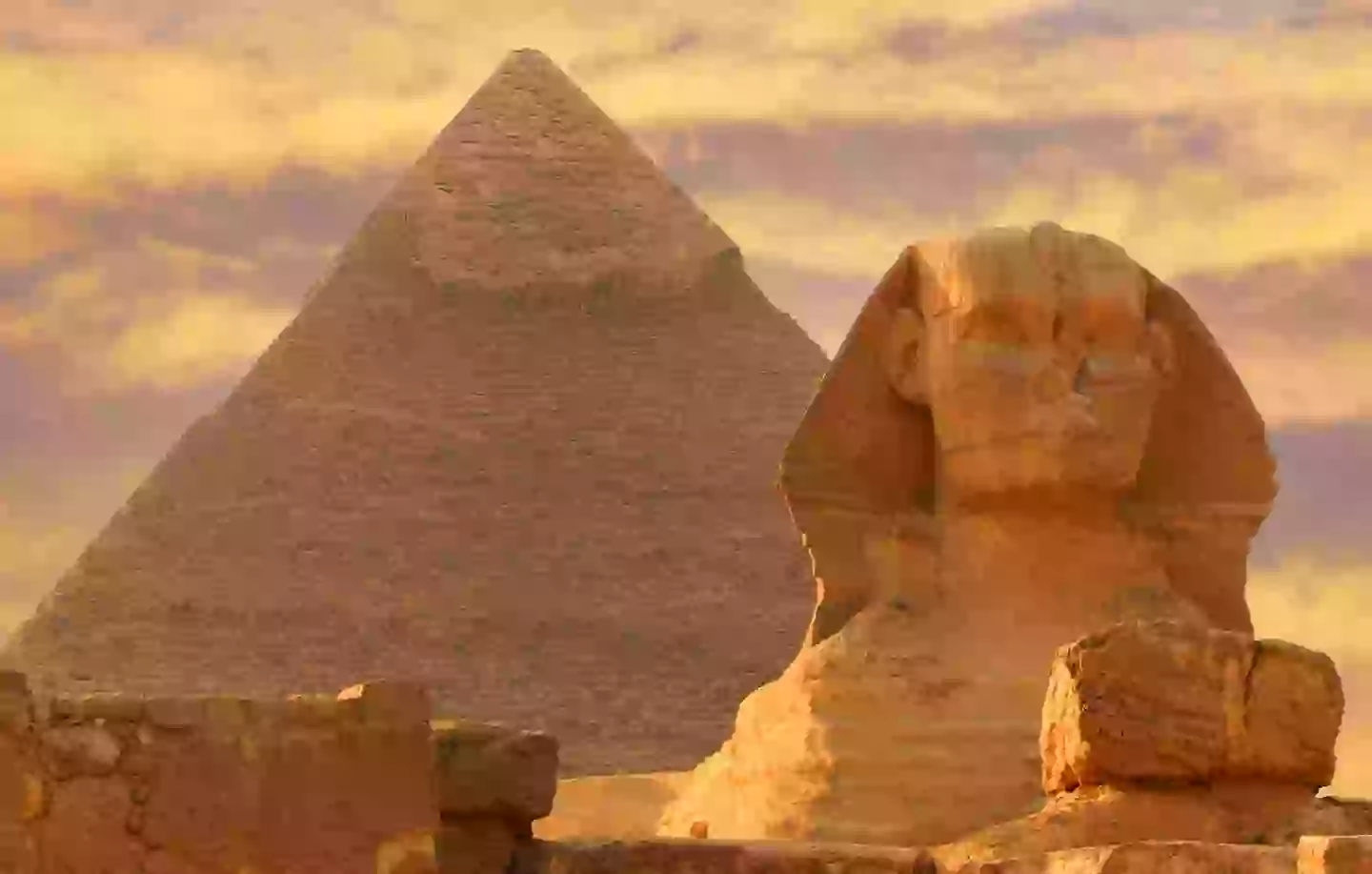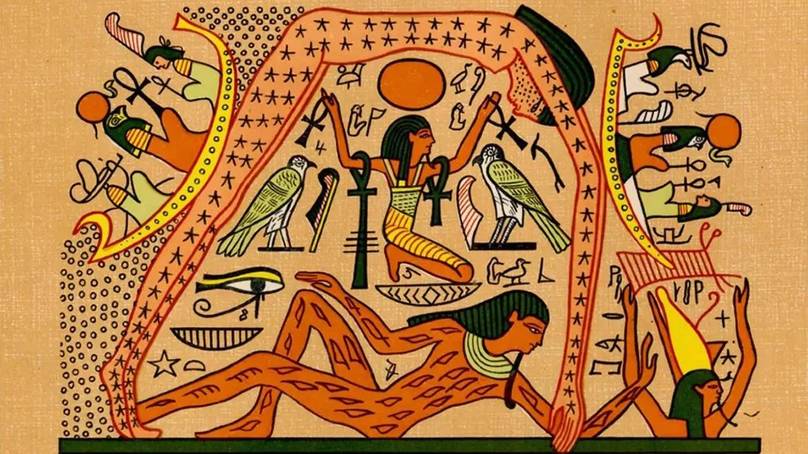Ancient Egyptian Star Maps Unearthed: Did They Unlock Secrets of the Milky Way Millennia Ahead of Modern Science?
Ever wonder if ancient Egyptians were the original stargazers—or cosmic map enthusiasts? Turns out, their obsession with the stars went way beyond bedtime stories. A fresh scientific dive into 3,000-year-old wooden coffins from Egypt’s Middle Kingdom has cracked open a celestial secret: the Milky Way wasn’t just a backdrop for nocturnal wonder, but a sacred highway for the soul’s afterlife journey. Picture this—starry carvings on coffin interiors aligning perfectly with the dazzling arc of our galaxy. Who knew those resting places doubled as cosmic GPS for eternity? Led by the ever-curious Dr. Rita Lucarelli, researchers used next-level 3D scanning and star-software wizardry to link those ancient motifs directly to the Milky Way’s structure, flipping the script on how we thought Egyptians viewed the universe. Is it possible that while they revered the mighty Nile, their spiritual compass was actually written in the stars? Let’s just say, ancient Egyptian afterlives were never stuck on Earth. LEARN MORE
A new scientific study has revealed a direct symbolic connection between ancient Egyptian beliefs and the Milky Way galaxy, offering fresh insight into how early civilizations viewed the cosmos.
The findings highlight star imagery carved into Egyptian coffins, suggesting the Milky Way played a central role in their religious worldview.
Researchers analysed wooden coffins dating back over 3,000 years, primarily from the Middle Kingdom period of Egypt (around 2055 to 1650 BCE).
These coffins feature intricate carvings and paintings of stars on their interiors. While star motifs have long been recognised in Egyptian art, this new study is the first to connect them directly to the structure of the Milky Way.
The team, led by Dr. Rita Lucarelli, a renowned Egyptologist from the University of California, Berkeley, used 3D scanning technology and astronomical software to compare the coffin star maps with the real position of stars in the sky.

Ancient Egyptians were known for their love of astrology (Getty Stock Images)
Their research found strong evidence that the decorations mirrored the arc of the Milky Way, particularly its brightest section visible to the naked eye.
Dr. Lucarelli stated to Archaeology Magazine: “We now believe the ancient Egyptians viewed the Milky Way not only as a physical band of stars but also as a sacred path for the soul’s journey after death.”
The sky as a spiritual highway
In ancient Egyptian religion, the afterlife was a complex and highly ritualised concept.
The deceased were believed to embark on a journey through the underworld, facing trials before reaching the field of reeds, their version of paradise.
The new study suggests that the Milky Way may have been seen as a cosmic river or road guiding the soul on this journey.

Ancient Egyptians believed death is a spiritual journey (Getty Stock Images)
One striking piece of evidence comes from the coffin of a woman named Ankh, which includes a detailed painting of a goddess stretching across the lid. Many scholars now believe this goddess represents the Milky Way in human form.
She appears to swallow the sun in the west and give birth to it in the east, echoing the mythological figure of Nut, the sky goddess.
“The orientation and style of the coffin decorations are no coincidence,” said Dr. Lucarelli. “They align with the idea of a celestial map, meant to assist the dead in navigating the sky.”
A new era for Egyptology
The discovery is part of a growing trend in archaeology that combines digital imaging, astronomy, and traditional fieldwork.
By mapping ancient symbols to celestial patterns, scholars are starting to get a deeper understanding of how early civilizations viewed the universe.
It also reshapes previous assumptions about Egyptian cosmology. While the ancient Nile River was often seen as the central model for their worldview, the study indicates that the Milky Way might have held a greater significance to them and their spiritual beliefs at the time.



















